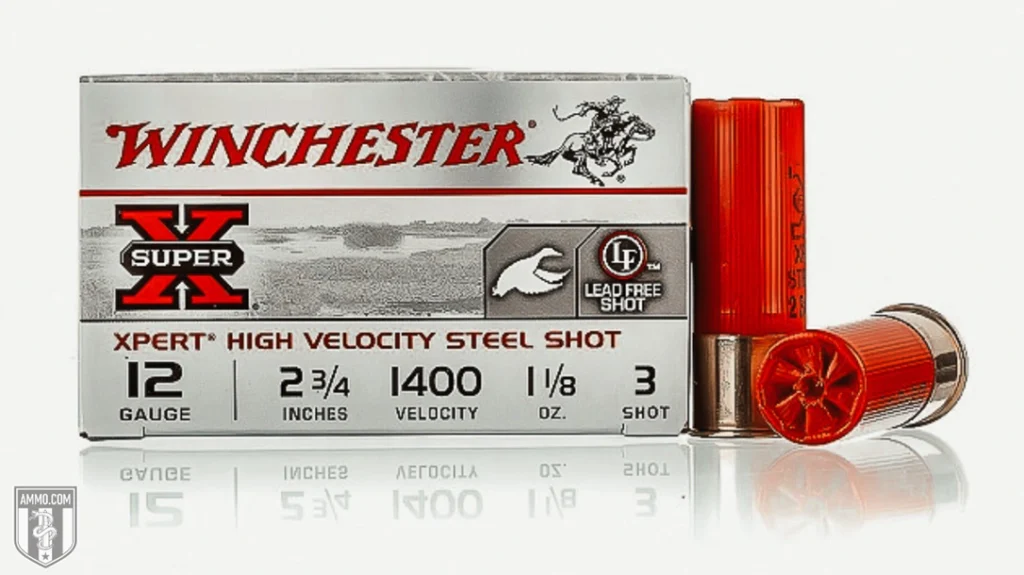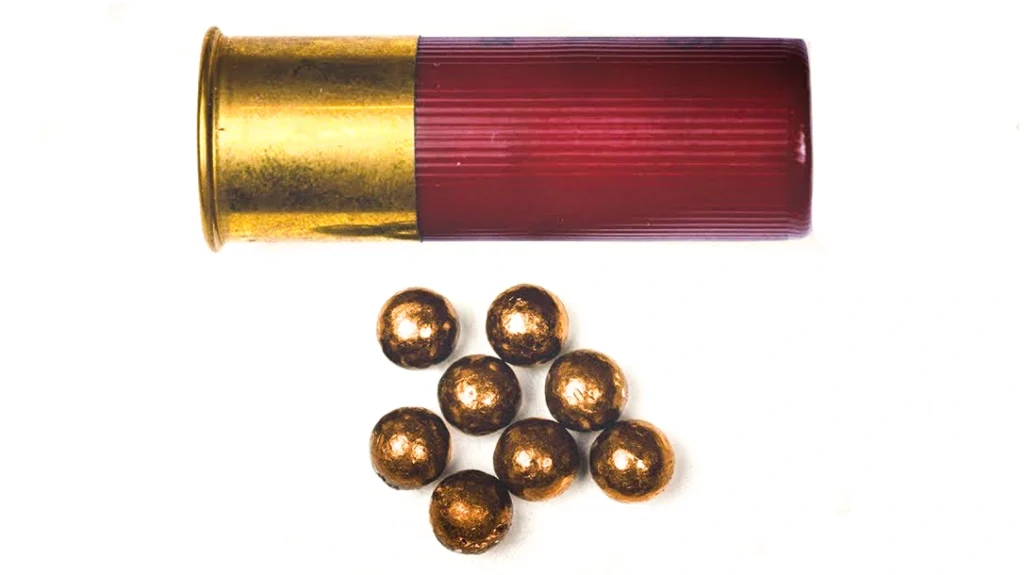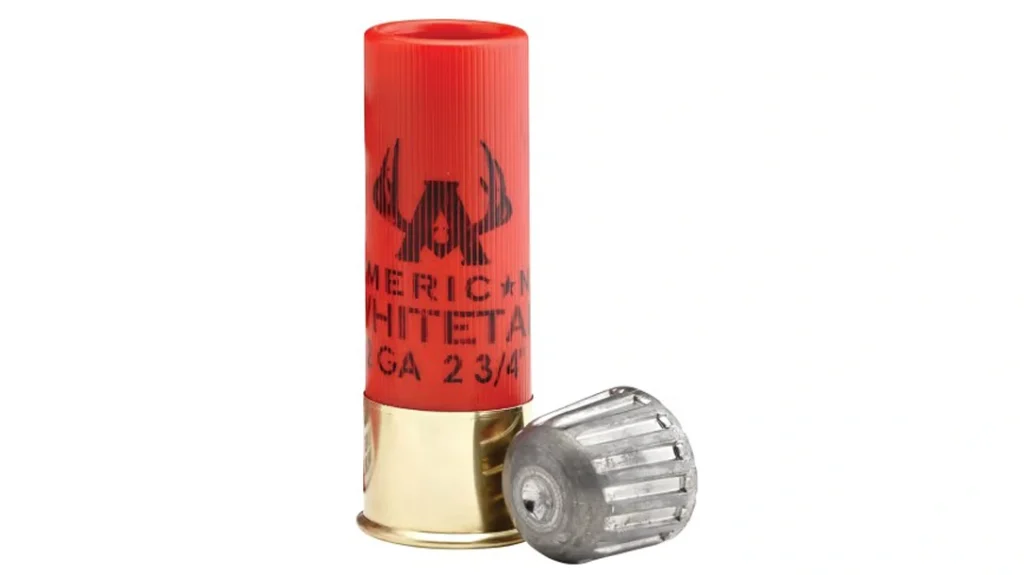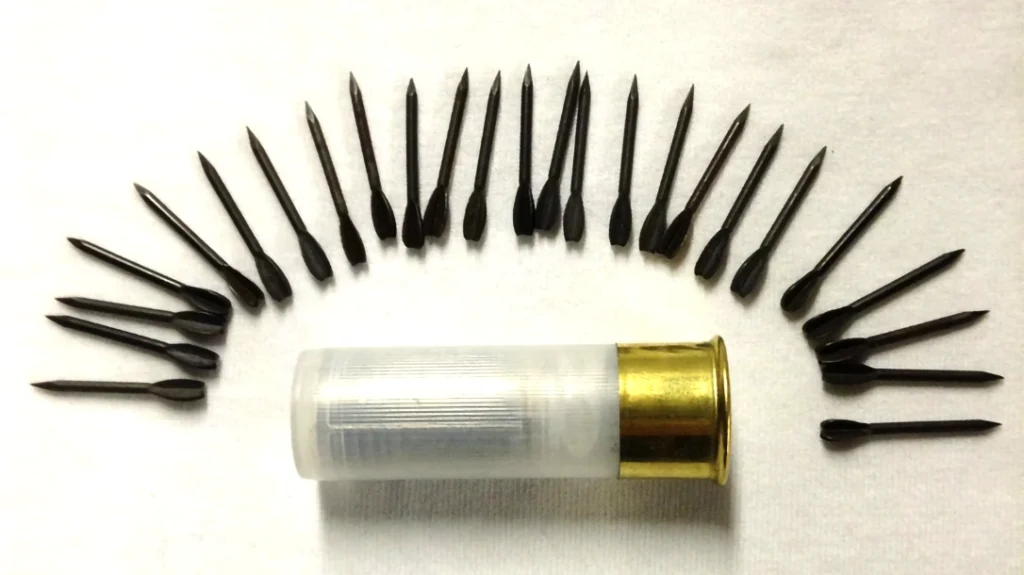To the uninitiated, the world of ammunition can be overwhelming. The common use of abbreviations and terms like gauge can be tough to swim through for the new shooter. While this is true in rifles and pistols, it is really interesting when it comes to shotgun ammo. The main reason for this is actually one of the strengths of the classic shotgun. It is a versatile weapon and has the capacity to shoot a variety of different ammunition. That said, let’s take a moment and look at some of our options for shotgun ammunition.
Four Types of Shotgun Ammo
Bird Shot
The first one we will look at is bird shot. As the name implies, this ammo is primarily designed for bird hunting. Of all the shotgun projectiles, birdshot is the smallest.
There are a number of options, such as number 2 shot or number 10, for example. As a rule, the larger the number, the smaller the size of the pellets inside. It also means a larger number of pellets inside as well.
Advertisement — Continue Reading Below

The number 2 shot would contain 87 lead pellets per ounce, while the number 10 would give you 848 lead pellets per ounce. As you can see, the higher number contains more pellets.
These varieties exist based on different types of birds or targets. Some require heavier shot to be successful. At the same time, others can use a high number of lighter shot to do the job. These rounds have lower recoil and are also popular as training rounds on the range.
Advertisement — Continue Reading Below
Buckshot
Our next selection is buckshot. The name comes from their initial primary use to hunt deer. This ammo is similar to bird shot, except the pellets are significantly larger.

The number of buckshot pellets in the shell is similar to what we see with birdshot. However, instead of using a term like “No.7 Birdshot”, we see buckshot referred to with a hashtag followed by one to three digits. Buckshot, the largest pellets, are typically labeled as #000. This flavor of buckshot has eight pellets inside.
Advertisement — Continue Reading Below
As you go to the smaller size pellets, you have #00, #0, #1, #2, #3, and so on. While buckshot is very popular in hunting large game, it is also the go-to ammo for law enforcement and personal defense.
A shotgun with buckshot is a devastating weapon capable of quickly stopping an aggressor.
Slug
The final primary type of shotgun ammo is the slug. Shotgun slug ammunition fires a single large projectile made of lead or filled with lead covered in copper. Sometimes, they have a plastic tip that inflicts additional cuts and damage to the target.
Advertisement — Continue Reading Below
While they use the term slug, they are technically bullets. We can dig a little deeper and find that there are two major types of shotgun slugs: rifled and sabot.

Rifled slugs are designed for shotguns with smoothbore barrels. Sabot slugs are designed for shotguns with rifled barrels, like the Benelli M2 Field Rifled Slug Shotgun. These guns have rifled barrels, which help stabilize the round and improve accuracy and range.
Advertisement — Continue Reading Below
Slugs range in weight but are generally about an entire ounce, which is almost equal to four 9mm rounds. This round is designed primarily for hunting large game. While it has some use in law enforcement, it is usually restricted to breaching and entering buildings.
Exotic Shotgun Ammo
While the above options are the cornerstones of shotgun ammo, some exotics exist. Some swear by these odd loads, but for the most part, they are seen as novelty rounds.
One of the most common we see in this category is Dragon’s Breath. Dragon’s Breath is a special type of incendiary-effect round. It consists primarily of magnesium pellets/shards. When the round is fired, sparks and flames can shoot out to about 100 feet, although some sources claim it extends to 300 feet. In short, it sets the target on fire. No, I do not suggest this for home defense.
Advertisement — Continue Reading Below
Another round that still shows up is the flechette round. These rounds are packed with long, sharp steel pieces. They actually saw some use during the Vietnam War but have since been relegated to the odd ammo collection shelf. Their purpose was to cut through foliage and strike hidden adversaries.

The final one we will look at is the Thunder Grenade round. This round produces a stun and diversion effect by using a bright, blinding flash with an extremely powerful concussion blast from a 20-gauge shotgun muzzle. It is similar in sound and brightness to a flashbang grenade used by law enforcement and military.
Advertisement — Continue Reading Below
I know someone reading this right now is singing the praises and advanced tactical application of this round. But it’s nothing more than a novelty. These out-of-the-mainstream rounds can indeed be fun to experiment with. However, it is essential to make sure they will function in your shotgun without causing any damage.
Final Thoughts
As I mentioned earlier, the shotgun is a very versatile weapon. Its ability to serve in so many roles and run such a variety of ammo is unique in the gun world. If you have not figured it out, I am a fan.





















